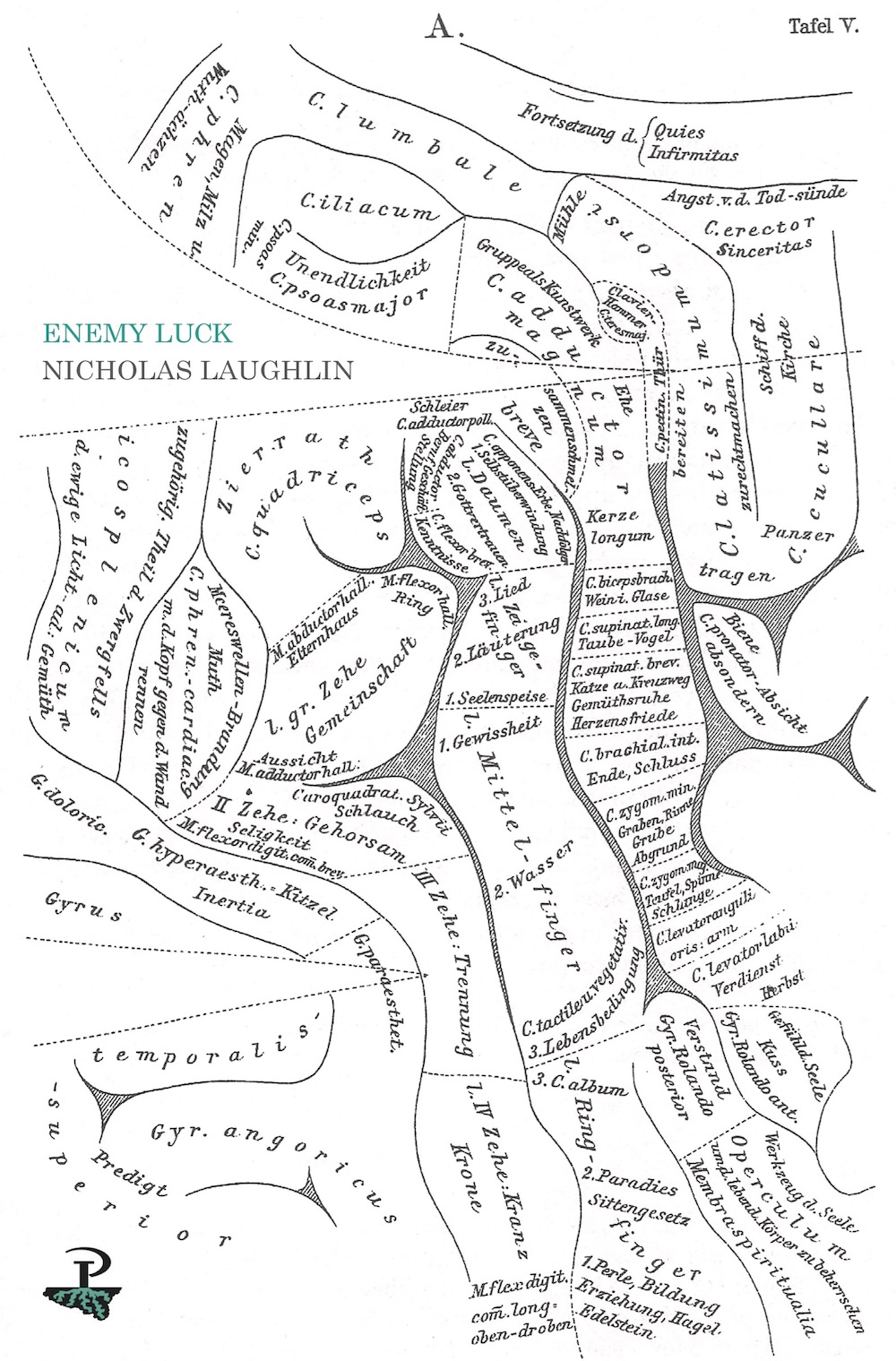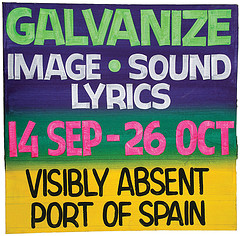Monday, November 18, 2002
My friend Damien responds via email to yesterday's post on Talisman Energy & the possibility of seismic exploration in the Nariva Swamp:
"A seismic study does not involve 'blowing up chunks' of an area. It's entirely sub-surface, and its surface impact is very limited. Should oil be found, it need not entail actual drilling in the area — for years oil companies have had the technology to drill sideways, and platforms could be set up offshore to do this."
All right, "blowing up chunks" may be slightly too colourful a phrase — & I did note in my previous post that the explosives are detonated below the surface — but it's not true that "surface impact is very limited". The seismic data produced by the sub-surface detonations is actually collected by equipment transported over the surveyed area by heavy vehicles — big monster trucks, pretty much, sometimes preceeded by bulldozers — moving in a tight grid pattern. These vehicles plough through vegetation & leave ruts up to 15 inches deep in the soil — perhaps even deeper on moist, marshy ground such as is characteristic of Nariva. Apart from gouging lines across the landscape, these vehicles seriously disturb wildlife, cause damage to waterways & natural drainage patterns, & trigger soil erosion.
This is apart from the fact that the sub-surface explosions can be detrimental to some fauna, which may be accustomed to the occasional naturally occurring earthquake, but not to a pattern of regular tremors over an extended period. Aquatic animals — like Nariva's manatees — are particularly sensitive to this kind of sonic disturbance.
These effects are well-documented elsewhere in the world; see for instance this report by the US Fish & Wildlife Service on the effect of seismic exploration in Alaska's Arctic National Wildlife Refuge, or this fact sheet compiled by the Alberta Centre for Boreal Studies:
* Because regeneration is inadequate, seismic activities result in a progressive loss of mature forest and alteration of forest structure.... the cumulative loss of habitat is substantial.
* Direct losses are magnified by the avoidance of habitat in the vicinity of seismic lines by some species....
* Habitat effectiveness is further reduced by the extensive fragmentation of forest stands that results from seismic activity.
* Seismic lines provide access routes into the forest for all-terrain vehicles.... This leads to increased hunting and poaching and can have significant adverse effects on soil and vegetation.
* Damage to aquatic systems. Deleterious impacts include increased stream sedimentation, bank erosion, barriers to fish passage, destruction of aquatic habitats, and alteration of drainage patterns.
* Alteration in predator-prey interactions....
* Damage to soil (e.g., compaction and erosion).
* Disturbance of wildlife from dynamite blasting and machinery noise.
* Introduction of aggressive weed species into the forest.
Nariva is a legally protected wetland area whose ecological significance is internationally recognised. Several endangered species make their homes there. The swamp is an important centre in Trinidad for the development of responsible eco-tourism. Does it make any sense to allow such a place to be torn up speculatively by a ruthless corporation already notorious for unscrupulous dealings in Sudan? I don't think so, the EMA doesn't think so, & I assume the Environmental Commission won't think so either.
(BTW, I do know a bit about horizontal drilling — I know, for instance, that bpTT's Amherstia 7 well in the Immortelle field recently set a record for T&T by achieving a 2.5-mile horizontal step.)
"A seismic study does not involve 'blowing up chunks' of an area. It's entirely sub-surface, and its surface impact is very limited. Should oil be found, it need not entail actual drilling in the area — for years oil companies have had the technology to drill sideways, and platforms could be set up offshore to do this."
All right, "blowing up chunks" may be slightly too colourful a phrase — & I did note in my previous post that the explosives are detonated below the surface — but it's not true that "surface impact is very limited". The seismic data produced by the sub-surface detonations is actually collected by equipment transported over the surveyed area by heavy vehicles — big monster trucks, pretty much, sometimes preceeded by bulldozers — moving in a tight grid pattern. These vehicles plough through vegetation & leave ruts up to 15 inches deep in the soil — perhaps even deeper on moist, marshy ground such as is characteristic of Nariva. Apart from gouging lines across the landscape, these vehicles seriously disturb wildlife, cause damage to waterways & natural drainage patterns, & trigger soil erosion.
This is apart from the fact that the sub-surface explosions can be detrimental to some fauna, which may be accustomed to the occasional naturally occurring earthquake, but not to a pattern of regular tremors over an extended period. Aquatic animals — like Nariva's manatees — are particularly sensitive to this kind of sonic disturbance.
These effects are well-documented elsewhere in the world; see for instance this report by the US Fish & Wildlife Service on the effect of seismic exploration in Alaska's Arctic National Wildlife Refuge, or this fact sheet compiled by the Alberta Centre for Boreal Studies:
* Because regeneration is inadequate, seismic activities result in a progressive loss of mature forest and alteration of forest structure.... the cumulative loss of habitat is substantial.
* Direct losses are magnified by the avoidance of habitat in the vicinity of seismic lines by some species....
* Habitat effectiveness is further reduced by the extensive fragmentation of forest stands that results from seismic activity.
* Seismic lines provide access routes into the forest for all-terrain vehicles.... This leads to increased hunting and poaching and can have significant adverse effects on soil and vegetation.
* Damage to aquatic systems. Deleterious impacts include increased stream sedimentation, bank erosion, barriers to fish passage, destruction of aquatic habitats, and alteration of drainage patterns.
* Alteration in predator-prey interactions....
* Damage to soil (e.g., compaction and erosion).
* Disturbance of wildlife from dynamite blasting and machinery noise.
* Introduction of aggressive weed species into the forest.
Nariva is a legally protected wetland area whose ecological significance is internationally recognised. Several endangered species make their homes there. The swamp is an important centre in Trinidad for the development of responsible eco-tourism. Does it make any sense to allow such a place to be torn up speculatively by a ruthless corporation already notorious for unscrupulous dealings in Sudan? I don't think so, the EMA doesn't think so, & I assume the Environmental Commission won't think so either.
(BTW, I do know a bit about horizontal drilling — I know, for instance, that bpTT's Amherstia 7 well in the Immortelle field recently set a record for T&T by achieving a 2.5-mile horizontal step.)
Subscribe to:
Post Comments (Atom)









No comments:
Post a Comment